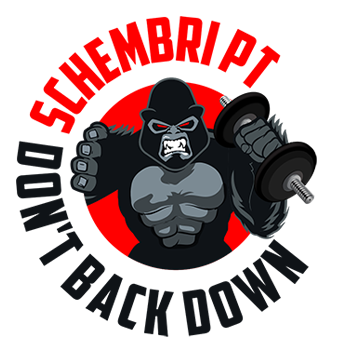When it comes to the strength game, there are a number of things you have to focus on and training recovery is one of the most important ones. It’s not easy for people to move away from the gym and that’s a very standard syndrome. It’s common to see people that have just started working out at the gym, to be there every single day of the week, regardless of whether they are there just to stretch or to train their abs.
However, the one thing that most people fail to understand is that giving training recovery a cold shoulder can lead to a long list of problems, including:
- Injury
- Hormonal imbalances
- Poor sleep
- Lack of progress
- Decrease in training performance
These are just some of the things you might have to deal with if you don’t follow a proper training recovery regimen. The best thing to do is to understand how you should recover from training.
Proper Training Recovery Regimen
Post Training Nutrition
Soon after training, you need to ensure you are getting a sufficient amount of protein and of course a certain amount of carbohydrates into your system; most people that train regularly, rely on protein shakes and its one of the simplest ways to ensure your body gets a sufficient amount of protein. Look for a mix that also has carbs in it; if your shake has pure protein content, you should have some fruit to complement the protein. Ideally, your dinner should also have a good dose of protein and carbs as this is the meal that will carry you through to the next day.
Contrast Showers
This is one trend that a lot people in the fitness industry follow, but it was being used by the Eastern European, Soviets decades ago. Athletes would regularly immerse themselves in ice water baths that would be followed up by a warm water bath. This should be followed multiple times, and it’s very effective in speeding up the recovery process. It improves the blood flow, reduces the levels of lactate in the muscles and helps soothe inflammation.
Sleep
This is quite self-explanatory; it’s a known fact that the body transitions into recovery mode when you sleep. It’s simple- if you don’t rest enough, your muscles just won’t grow; and 8 hours of sleep is what you should be aiming for and get, without any excuses.
Stretching & Foam Rolling
These are excellent ways to increase blood flow and relieve soreness of the muscles. Conventional static stretching gives your lifting technique a distinct boost, and aids mobility too. You should also be doing foam rolling every day, but for a set period of time; this helps remove knots and inflammation in the muscles. It’s vital that you don’t overdo it as that will only irritate your muscles.
Active Recovery
When we talk about recovery, it doesn’t mean you just have to sit and do nothing at all. On the ‘off days’, you should make it a point to play some sort of light recreational sport, stretch or go for a walk etc ; if you like, you can also do some light workouts like a quick session of push-ups. This helps speed up the recovery process as it helps push nutrients and blood flow into your body.
Take some time off
Most hardcore athletes don’t realise this, but one of the best things you can do for yourself is to take some time off. It’s one of the best ways to keep your performance at optimum levels or else it can lead to early burnout.
If you have any questions about a proper diet and workout routine that would help you avoid it, don’t hesitate to get in touch with us at Schembri PT. You can send us an email to info@schembript.com or fill in this contact us form and we’ll reply as soon as possible.
Thanks for reading,
Schembri PT Team
02 9648 6405

